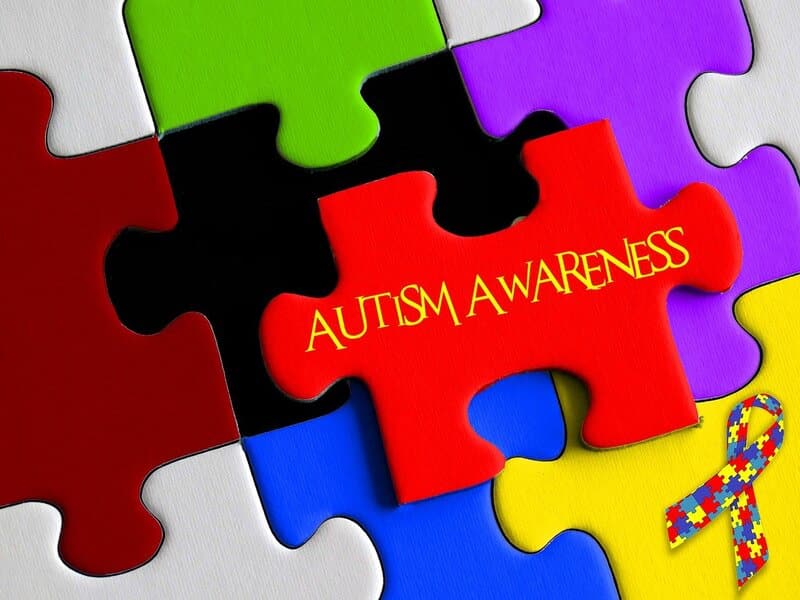The Oklahoma City bombing, occurring on April 19, 1995, remains one of the deadliest domestic terrorist attacks in U.S. history. At 9:02 a.m., a massive ammonium nitrate-fuel oil device detonated in a truck outside the Alfred P. Murrah Federal Building, claiming 168 lives and injuring around 850 people. Although the perpetrators were homegrown terrorists, media reports incorrectly blamed Islamic extremists for the attack. 30 years removed from the devastating event, what has America learned from it?
In the immediate aftermath, speculation about Middle Eastern involvement in the Oklahoma City Bombing sparked nationwide anti-Muslim sentiment that lasted two days. However, this narrative collapsed after investigators identified two U.S. military veterans, Timothy McVeigh and Terry Nichols, who were radicalized by anti-government militia ideology. They defended their harmful actions in their perceived war against the federal system, rationalizing that the civilian casualties were unavoidable collateral damage
In August 1995, legal proceedings officially began when Timothy McVeigh and Terry Nichols were indicted on multiple federal charges, including using weapons of mass destruction. At the end of the trial, McVeigh received the death penalty and was executed in 2001. While Nichols avoided capital punishment, he received life imprisonment without parole. Alongside these two veterans, Michael Fortier, A third conspirator, was found guilty of lesser charges, with a twelve-year sentence for his peripheral role.
The Oklahoma City Bombing sent ripple effects that extended far beyond the courtroom. According to official reports, catastrophic property damage across dozens of city blocks was documented. Moreover, social services tallied hundreds of orphaned children, shattered families, and displaced workers. These sobering statistics highlighted how an entire community could be devastated by a single act of domestic terrorism for generations.
As a result of the Oklahoma City Bombing, America was forced to confront uncomfortable truths about homegrown extremism. Sadly, the flawed initial response revealed dangerous biases in crisis reporting, which potentially leads to even more scapegoating of innocent people, while radicalizing homegrown extremist groups. Ultimately, this tragedy serves as a grim reminder of how unimaginable violence can manifest due to conspiracy theories and anti-government rhetoric.
Before the September 11 attacks, the Oklahoma City bombing stood as the deadliest act of domestic terrorism in U.S. history. Following these attacks, extensive media coverage fostered a global sense of shared grief, connecting audiences worldwide with mourning families. While injured survivors recounted their traumatic experiences, first responders transitioned from rescue operations to body recovery. Furthermore, four distinct narratives that helped society process the tragedy arose from this collective trauma.
From one perspective regarding the Oklahoma City bombing, resilience was the central point. This highlighted the “Oklahoma standard” of community solidarity, leading to altruism, inspired urban renewal projects, and civic engagement. Secondly, spiritual reconciliation was the focus in another framework, with the predominantly Christian community grappling with questions of faith, divine presence, and forgiveness. These questions led to actions, often expressed through symbolic memorials and religious imagery at the site.
In contrast to these hopeful interpretations, a more somber narrative acknowledged that the Oklahoma City bombing left lasting physical and psychological scars. Although this view rejected simplistic notions of closure, it emphasized the ongoing struggle of survivors and families to adapt to an irrevocably altered reality, termed “the new normal.”
Lastly, clinical lenses, framing survivors as patients battling post-traumatic stress, were behind the fourth narrative. With some embracing this medicalized perspective, others resisted passive victimhood, channeling their grief in other ways, such as activism, legal reform, artistic expression, and memorialization efforts. Even in the face of profound tragedy, these diverse responses helped individuals and communities impacted by the Oklahoma City bombing learned to navigate unimaginable loss.






